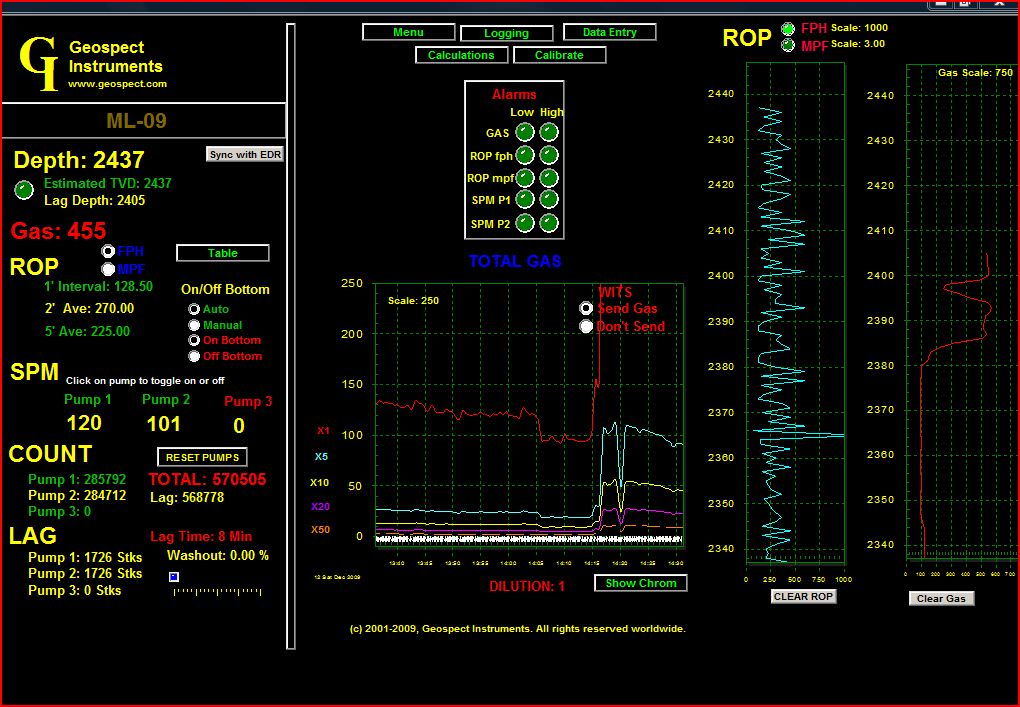In the realm of mud logging within the oilfield industry, there's a common yet intriguing question: What exactly constitutes a unit of gas? Interestingly, seasoned mud loggers often assert the absence of an 'official' definition for this unit. Despite this, units of gas are a staple in discussions among mud loggers, geologists, and other oilfield professionals. So, where does this concept stem from?
The answer lies in tradition and the operational practices of mud logging and oil and gas exploration companies. Through my professional lens, I've observed that in the United States, essentially two standards are prevalent when it comes to calibrating mud logging gas detectors. Both standards hinge on a specific methane concentration in air (or nitrogen), but they differ in their quantification.
The first calibration standard equates one percent of methane in air to 50 units of gas. The second, and notably more common standard, aligns one percent methane with 100 units of gas. This dichotomy in standards often leads to a crucial decision-making process influenced by three primary factors: geographical location, the drilling oil company's preference, or the mud logging company's preference.
Geographically speaking, the 50-unit standard finds its niche primarily in offshore operations in the Gulf of Mexico or in South Texas. On the other hand, the 100-unit standard is the go-to choice in most other regions within the United States. Oil companies tend to favor the 100-unit standard, possibly due to a preference for higher gas readings. Mud logging companies, while having their own inclinations, usually align with the oil companies' preferences.
It's important to note that irrespective of whether the 50 or 100-unit standard is employed, the gas curve depicted on a mud log remains visually consistent on a linear scale. However, on a logarithmic scale, differences become more noticeable, especially at lower gas readings.
Despite these practical applications and preferences, it’s crucial to recognize that there still isn't an 'official' definition for a unit of gas, at least not one universally acknowledged. This gap between practical application and formal definition presents an intriguing aspect of mud logging, reflecting the dynamic and evolving nature of practices in the oilfield sector.

